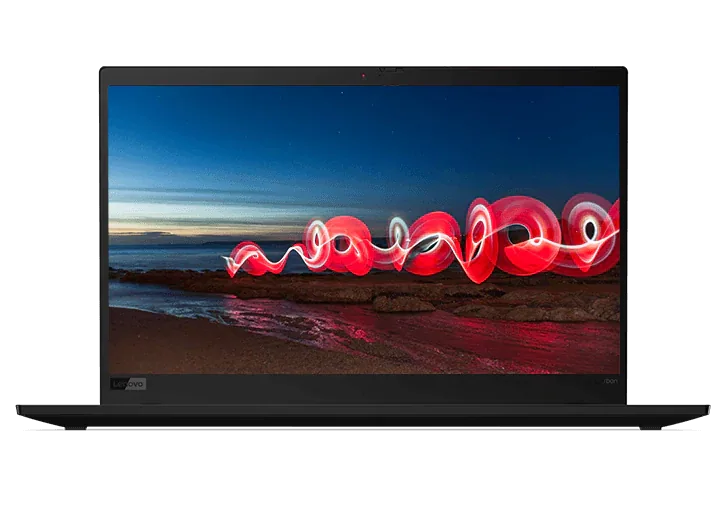HD vs Full HD
High definition displays are everywhere. From televisions and desktop monitors to laptop screens and tablets, high definition is the new gold standard for image resolution. Select X Series, Y Series and Z Series laptops come equipped with a Full HD display for unparalleled picture quality, crispness, and clarity. However, it's important to understand that "high definition" can refer to image resolutions of different size – this includes HD, Full HD, and Ultra HD. What do these terms mean, and which resolution is right for you?
What is Full HD?
Full HD refers to 1080p image resolution. Full HD is the standard resolution for Blu-Ray, digital television, and most HD videos found online, like those on YouTube, Hulu, and Vimeo. Below Full HD sits standard high definition or 720p – a high definition image resolution that is lower than full 1080p. On the upper end of the spectrum, there is Ultra HD (UHD or 4K). This image resolution is larger, crisper, and clearer than even 1080p. However, the Ultra HD image resolution hasn't yet been universally adopted.
In some cases, the term "HD" may be used interchangeably with "Full HD" to describe a product's image resolution. This can easily lead to confusion, as HD can also refer to standard high definition, or 720p. For clarity, you should know that HD may refer to 720p or 1080p, but Full HD can only refer to 1080p. Additionally, the phrase HD Ready only refers to 720p. If you are uncertain of a display's image resolution based on the product description, look at the specifications to determine the actual image size. This is discussed in greater detail below.
What is the difference between 'HD Ready' and 'Full HD' resolution?
The term "HD Ready," when used to describe a television or monitor, refers to a 720p image resolution. The term "HD" may also be used. A 720p image resolution contains 720 lines of pixels along the vertical axis, and 1,280 lines of pixels along the horizontal axis. Thus, the image is 720 pixels tall and 1,280 pixels wide. This results in a total pixel count of 921,600. This is the lowest image resolution considered high definition. The difference between HD Ready (or HD), Full HD, and Ultra HD can be seen below:
- HD: 720p image resolution (1,280 x 720 pixels – approximately 1 million total pixels)
- Full HD: 1080p image resolution (1,920 x 1,080 pixels – approximately 2 million total pixels)
- Ultra HD: 4K image resolution (3,840 x 2,160 pixels – approximately 8 million total pixels)
The more pixels there are in an image, the better. Why? Because with more pixels, an image can be displayed at larger sizes without suffering picture degradation. More pixels in a given area also allow for an image to contain little to no visible pixels – this is known as a "retina display." In a retina display, there are more pixels in a specific area than can be individually seen by the human eye.
What is the difference between HD and Full HD in practice? By way of example, consider this: a 50" television with a 1080p image resolution will be clearer and shaper than a 50" television with a 720p image resolution. Additionally, a 1080p retina display can be physically larger than a 720p retina display, as there are more total pixels. For the best picture quality possible, Full HD offers a superior image to standard high definition.
Shop Lenovo today for HD and Full HD laptops, desktops and monitors.

















